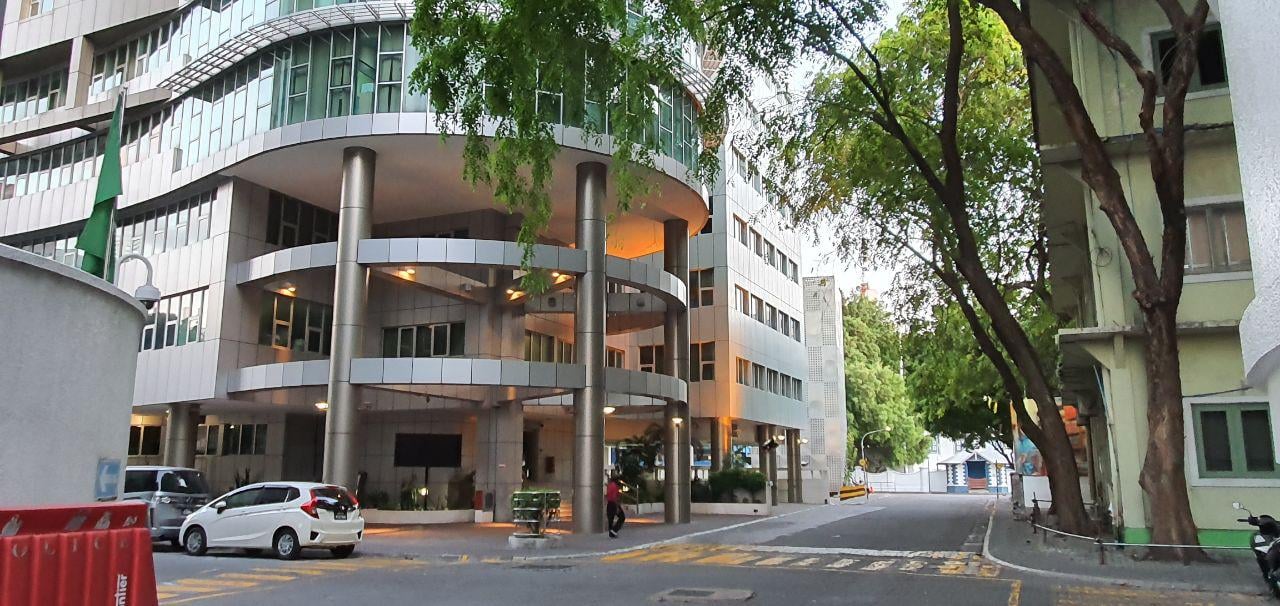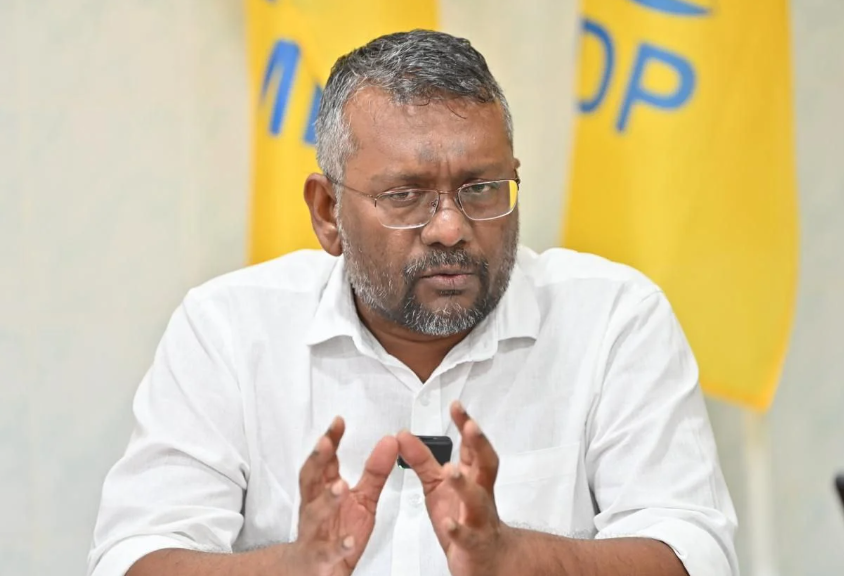Within hours of its historic touch-down close to the south pole of the moon, India's spacecraft's lander released a lunar rover that slid down a ramp, according to Indian space authorities, who announced the achievement on Thursday.
“India took a walk on the moon,” the state-run Indian Space Research Organization said, adding that the Chandrayan-3 Rover would conduct experiments over 14 days, including an analysis of the mineral composition of the lunar surface.
Indian Space Research Organization Chairman S. Somnath said the lander had touched down close to the center of the 4.5-kilometer-wide (2.8-mile-wide) area that had been targeted for the landing.
“It landed within 300 meters (985 feet) of that point,” the Press Trust of India cited him as saying. The rover was on the move, and working "very well,” Somnath said.
Somnath said there are two scientific instruments in the rover and three instruments on board the lander, and all of them have been switched on sequentially.
“They will study basically the mineral composition of the moon, as well as the atmosphere of the moon and the seismic activities there,” he added.
The mission's accomplishment highlights India's emerging status as a technological and space superpower and fits with the picture that Modi is attempting to present: a growing nation establishing its position among the world's elite.
At an estimated cost of $75 million, the mission started more than a month ago. India's upcoming lunar mission would be manned, according to Indian Space Research Organization Chairman.
Several countries and commercial companies are interested in the region because it's possible that the permanently shadowed craters near the South Pole contain frozen water that may help future astronaut missions, provide a source of drinking water, or be used to make rocket fuel.
India's achievement comes just days after Russia's Luna-25, which was headed for the same lunar area, spiraled into an uncontrollable orbit and crashed.
“India took a walk on the moon,” the state-run Indian Space Research Organization said, adding that the Chandrayan-3 Rover would conduct experiments over 14 days, including an analysis of the mineral composition of the lunar surface.
Indian Space Research Organization Chairman S. Somnath said the lander had touched down close to the center of the 4.5-kilometer-wide (2.8-mile-wide) area that had been targeted for the landing.
“It landed within 300 meters (985 feet) of that point,” the Press Trust of India cited him as saying. The rover was on the move, and working "very well,” Somnath said.
Pragyan the Chandrayaan-3 rover which was sitting in the belly of Chandrayan 3 is now roaming on the moon surface. Sending us historical images.#PragyanRover pic.twitter.com/gCySfpdiIn
— Anupam Biswas (@flyanupam) August 23, 2023
Somnath said there are two scientific instruments in the rover and three instruments on board the lander, and all of them have been switched on sequentially.
“They will study basically the mineral composition of the moon, as well as the atmosphere of the moon and the seismic activities there,” he added.
The mission's accomplishment highlights India's emerging status as a technological and space superpower and fits with the picture that Modi is attempting to present: a growing nation establishing its position among the world's elite.
At an estimated cost of $75 million, the mission started more than a month ago. India's upcoming lunar mission would be manned, according to Indian Space Research Organization Chairman.
Several countries and commercial companies are interested in the region because it's possible that the permanently shadowed craters near the South Pole contain frozen water that may help future astronaut missions, provide a source of drinking water, or be used to make rocket fuel.
India's achievement comes just days after Russia's Luna-25, which was headed for the same lunar area, spiraled into an uncontrollable orbit and crashed.


















